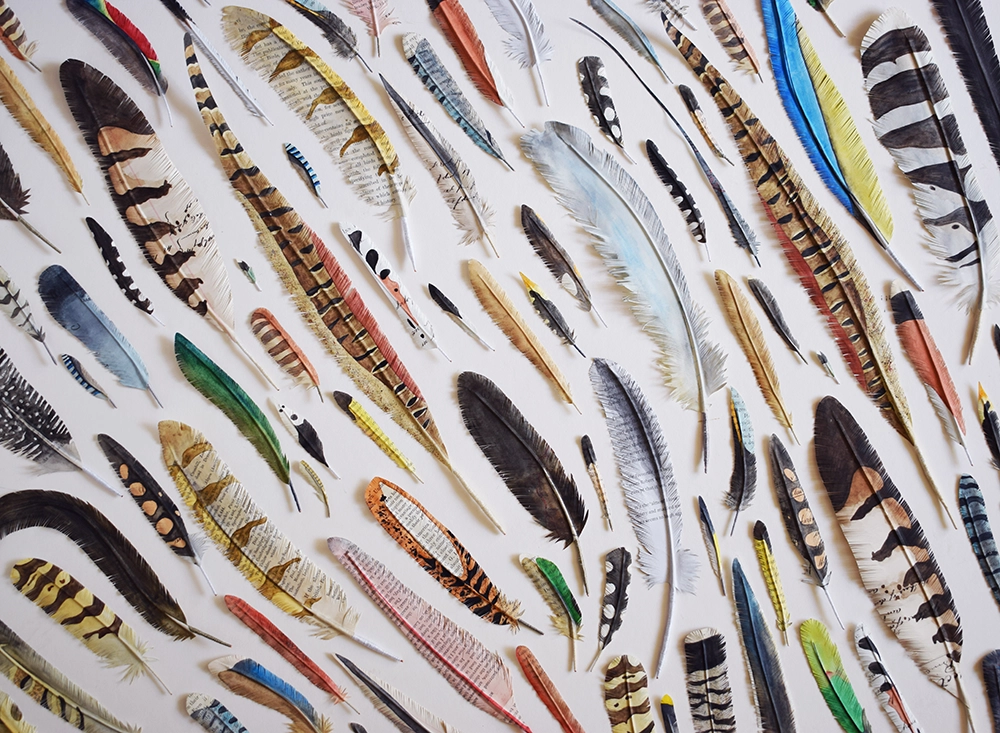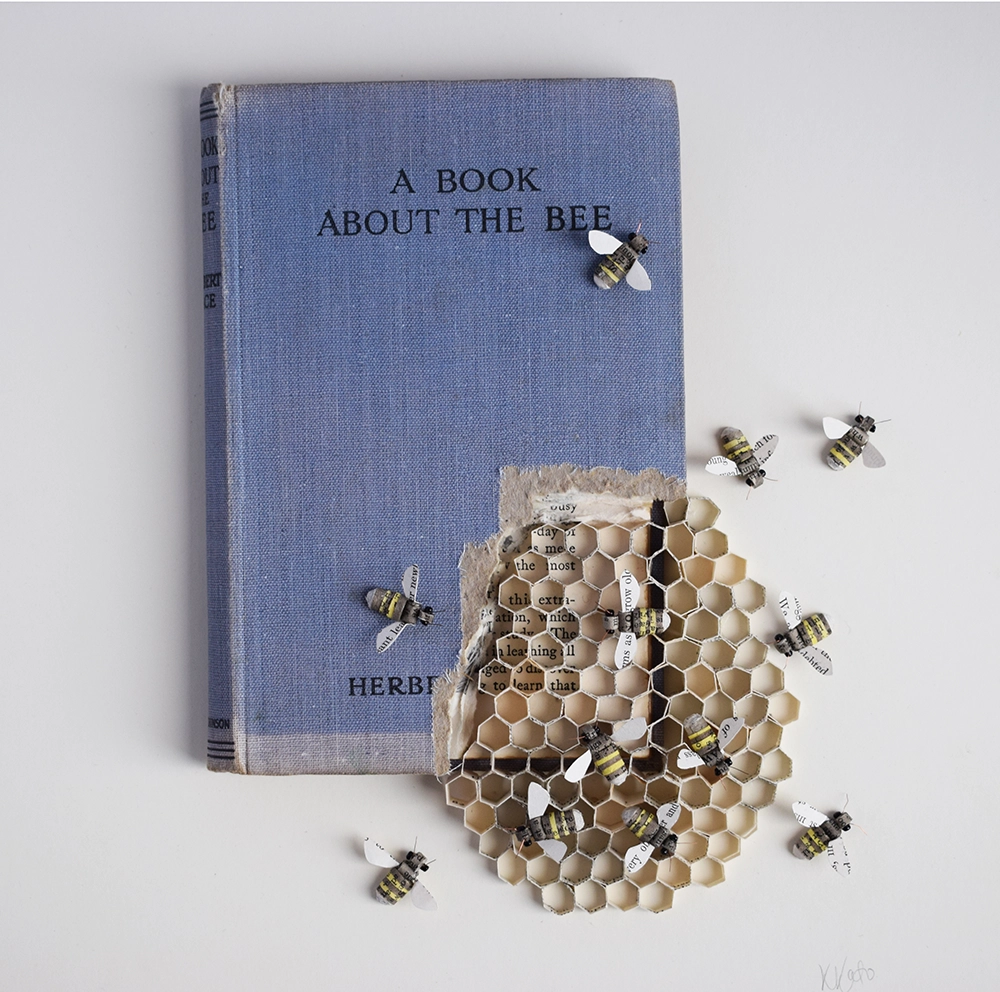
When we humans put our minds to it, it seems that the sky is the limit for our imagination. Some enterprising people recently dreamed up these top five really smart recycling efforts. Read on, and be inspired.
Where Do Defunct Billboards Go?
Billboard Vinyls, an online entity, is in the business of rehoming defunct billboard vinyls, from lots and lots of defunct billboards. As described online: “Each of our vinyls was once posted high in the sky alongside a freeway. Once their lives as advertising billboards are over, billboard tarpaulins can be re-purposed for a wide range of applications.”
The tarps, made of waterproof, weather-resistant, anti-mildew PVC, range in size from 5′ x 11′ to 20′ x 60′. Yankee ingenuity has led them to be recycled to cover lumber piles and hay bales, RVs and trailers, boats and autos, roofs, floors, agricultural crops, and baseball fields. They also have been reborn as pond liners, hockey rink liners and slip ‘n’ slides.
They might not be quite as sexy as old movie posters, but this company has found a way to make them functional even in their old age. To get the scoop, visit www.billboardvinyls.com.
Recycling for Bicycling
Frank Blase is one of those guys who can’t stop innovating, even when he’s on vacation. On a beach-side holiday, he chatted with a bike rental company’s proprietors and learned that bike rental at the shore is a tough business because sand, wind and salt water wreak havoc on bicycle parts. Maintaining and replacing rental bikes simply gobbles up time and money.
Blase saw an opportunity in the bike rental business woes and with his company, igus, has developed a robust, durable urban bike that is made entirely of plastic. The company’s recycled version will be mostly created from recycled single use plastics. Taking inspiration from the plastic parts used in mountain bikes and e-cargo bikes, igus even makes lubrication-free plastic gears and bearings. These bikes are ready for anything the seashore can throw at them.
Read more about the recycled plastic bicycle at www.dpaonthenet.net/article/191122/Recycling-cycling–World-s-first-urban-bike-made-from-recycled-ocean-plastics-launched.aspx.
E Beam: Creator and Destroyer
Electron beam is a commonly used energy source for curing inks, coatings and plastics. Having helped create the plastic detritus that pollutes the planet, E beam now is coming to the rescue as a destroyer (read “dismantler”) of the same castoffs.
The International Atomic Energy Agency (IAEA) is collaborating with experts across the globe to address the plastic pollution problem. One area of R&D for the IAEA is ionizing radiation techniques for affordable reprocessing and recycling.
“If we can use this technology in industrial applications to gain new features in plastics, there is nothing stopping us also using irradiation to reform and restructure plastic to improve its recyclability and reduce the amount of plastic disposed,” said Celina Horak, Head of the Radioisotope Products and Radiation Technology Section at the IAEA.
The IAEA-affiliated researchers are looking at cross-linking, chain scission, grafting and other ways to modify surfaces. Chain scission makes polymers more brittle and, thus, easier to be ground into very fine polymers. Grafting involves “growing” a short polymeric chain on another polymer to modify its properties. Grafting might be used to combine polymers that are otherwise incompatible.
For more on this ambitious project, visit www.iaea.org/bulletin/plastic-pollution-recycling-with-radiation-to-protect-the-environment.
The Nature of Books

Kate Kato, a British artist trained in graphic design with an emphasis on bookmaking and print, turns recycled books into nature-inspired works of art. Kato uses books, paper, found objects, wire and thread to create intricate life-size paper sculptures of insects and plant life.
Kato’s art-from-recycled-books include butterflies, bees and honeycombs, mushrooms and fungi, wildflowers, seashore flora and fauna, feathers, birds’ nests and eggs, and more.
To be amazed and inspired, take a look at Kato’s website at www.kasasagidesign.com/ or see her work on Instagram at www.instagram.com/kasasagi.design/.
From Sow’s Ear to Silk Purse: Making Diamonds from Plastic
A global research team led by researchers at Germany’s University of Rostock and France’s École Polytechnique stumbled upon an improbable but spectacular use for recycled polyethylene terephthalate (PET) while experimenting to replicate the interior of ice planets.
On the hunt for insight into what goes on inside highly pressurized icy planets like Neptune, the team aimed intense laser flashes at a thin sheet of PET plastic. As described by the researchers, “The strong laser flashes that hit the foil-like material sample briefly heated it up to 6000 degrees Celsius and thus generated a shock wave that compressed the matter to millions of times the atmospheric pressure for a few nanoseconds.” The scientists found that tiny diamonds, nanodiamonds, formed under this extreme pressure.
In addition to gaining knowledge about the likely interior makeup of ice planets, this experiment yielded a new way to create nanometer-sized diamonds which are used in abrasives and polishing agents, and which may someday be used in quantum sensors, medical contrast agents and reaction accelerators.
To learn more about plastic-to-diamonds, visit https://scitechdaily.com/scientists-successfully-create-diamonds-out-of-bottle-plastic/.

